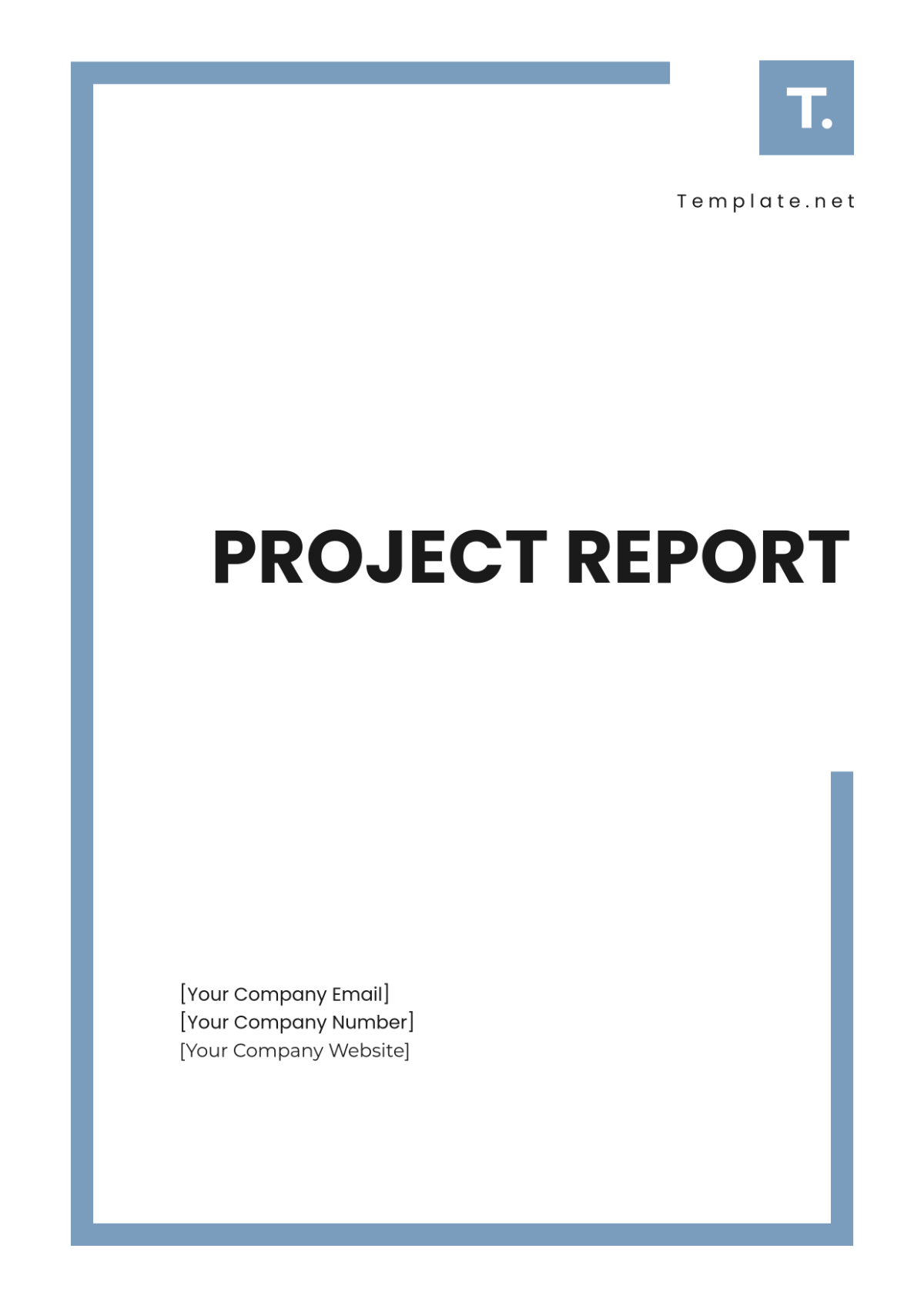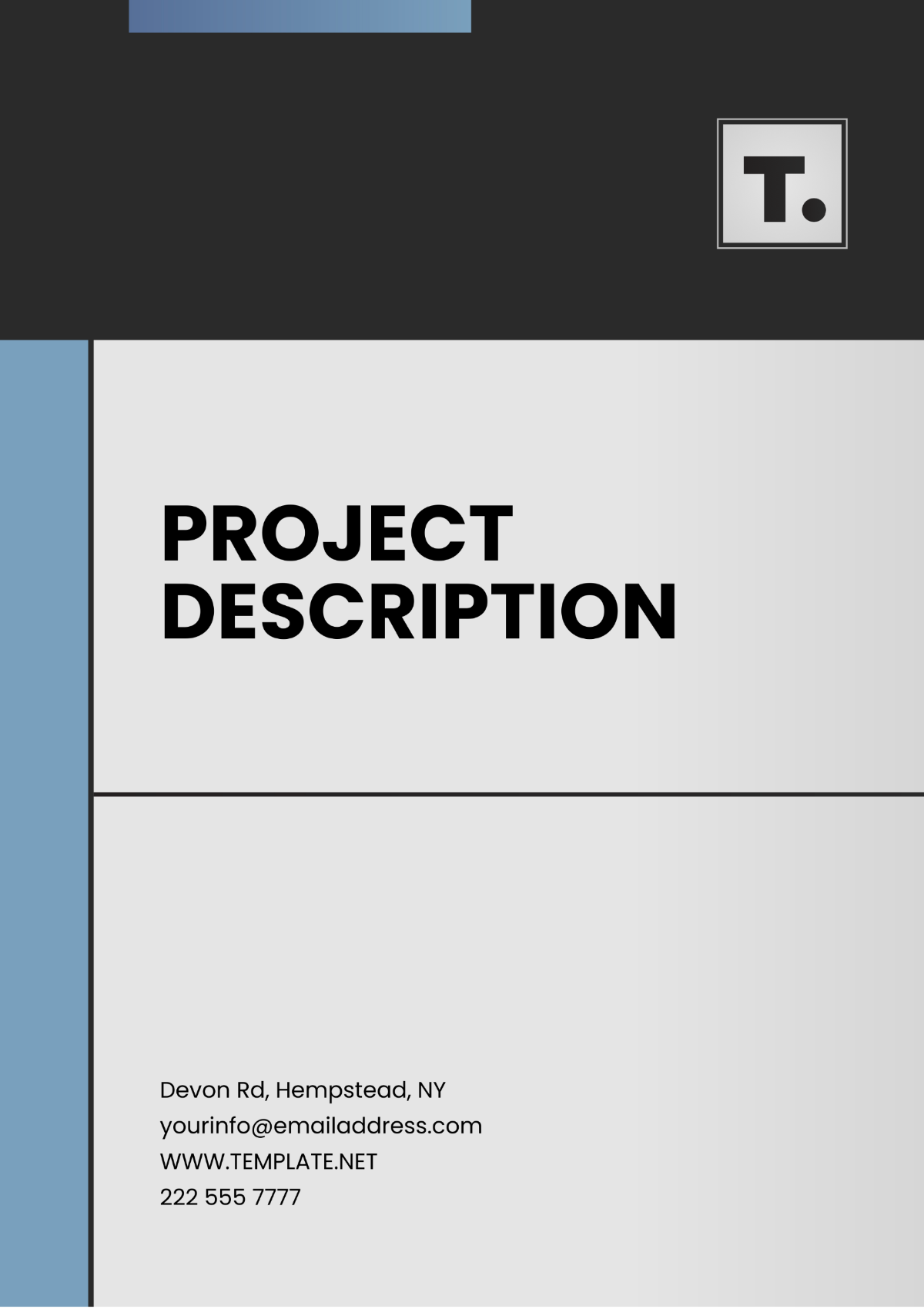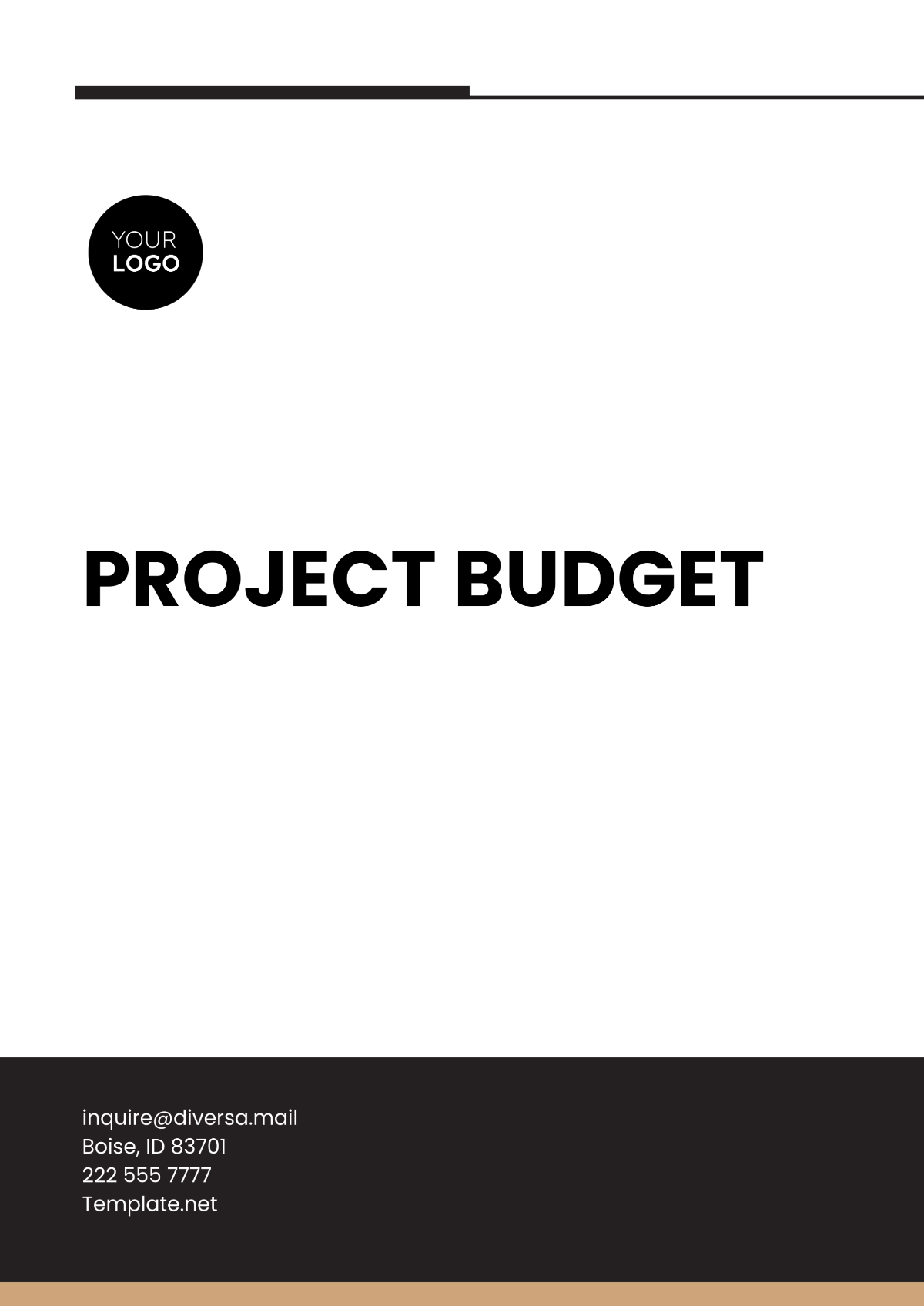Project Requirements Document
I. Introduction
Welcome to the Project Requirements Document for [Your Company Name]. This document serves as a comprehensive guide to outline the requirements, objectives, and constraints of the upcoming project. It is intended to ensure all stakeholders have a clear understanding of the project scope, deliverables, and timelines, thereby facilitating effective communication and project execution. The aim is to provide a detailed description that aligns with [Your Company Name]'s strategic goals and ensures that all project objectives are met in a timely and efficient manner.
At [Your Company Name], we prioritize clarity and precision in project planning to mitigate risks and enhance project outcomes. This document includes detailed specifications, project milestones, and resource allocations necessary for successful project implementation. By adhering to these requirements, we aim to deliver high-quality results that meet or exceed expectations while staying within budget and time constraints. This introduction sets the stage for the detailed sections that follow, each designed to provide a thorough overview of the project's needs and expectations.
II. Project Overview
The project at [Your Company Name] aims to deliver a comprehensive marketing strategy designed to enhance brand visibility, drive customer engagement, and increase market share. This initiative will encompass the development and execution of a multi-channel marketing campaign, including digital, print, and social media components. The project's core objective is to create a cohesive and impactful marketing presence that aligns with our company's strategic vision and business goals.
The project will be divided into several key phases, each with specific deliverables and timelines. The initial phase involves conducting market research to identify target audiences, analyze competitive landscapes, and determine effective marketing channels. Following this, the strategy development phase will focus on crafting detailed marketing plans, including content creation, campaign design, and media planning. The implementation phase will involve executing the approved marketing plans, monitoring performance, and making necessary adjustments to optimize results.
Key project milestones include the completion of market research within the first month, the finalization of marketing strategies by the end of the second month, and the launch of marketing campaigns in the third month. Ongoing evaluation and reporting will be conducted to track progress and measure the effectiveness of the marketing efforts.
Success will be measured through a combination of performance indicators, including increased website traffic, higher conversion rates, and improved brand recognition. The project team will consist of marketing experts, designers, and analysts, all working collaboratively to ensure the successful execution and delivery of the marketing strategy. By adhering to this comprehensive project overview, [Your Company Name] aims to achieve its marketing goals and drive substantial growth.
III. Objectives
The primary objectives of this project are designed to ensure the development of a high-quality web application that meets our strategic goals and operational needs. These objectives focus on delivering a robust, scalable, and secure application while ensuring seamless integration with existing systems. By adhering to these goals, we aim to provide a solution that not only meets but exceeds the specified functional and non-functional requirements.
To develop a responsive and intuitive web application.
To ensure the application is scalable and secure.
To integrate with existing systems and databases seamlessly.
To meet all the specified functional and non-functional requirements.
IV. Functional Requirements
The functional requirements for this project outline the essential capabilities and features that the web application must support to effectively meet user needs and project goals. These requirements ensure that the application is not only user-friendly but also secure and efficient. They encompass user authentication, data management, and interface design, all crucial for providing a seamless and effective user experience. By adhering to these functional specifications, [Your Company Name] aims to deliver a web application that is both reliable and versatile, catering to a wide range of user interactions and operational needs.
A. User Authentication and Authorization
Users must be able to register, log in, and manage their accounts.
Role-based access control to restrict functions based on user role.
B. Data Management
The application should allow users to create, read, update, and delete records.
Data should be stored in a secure and efficient database.
C. User Interface
The application should be accessible from different devices and screen sizes.
User interface should be intuitive and easy to navigate.
V. Non-Functional Requirements
Non-functional requirements are critical for ensuring that the web application not only performs effectively but also meets standards for security, usability, and overall user experience. This section specifies the key performance, security, and usability criteria that the application must satisfy. By addressing these requirements, [Your Company Name] aims to deliver a robust, scalable, and secure application that provides an optimal experience for all users, regardless of their location or the scale of usage. These guidelines will help maintain high standards of quality and user satisfaction.
A. Performance Requirements
The application should load within 3 seconds for the average user.
Scalability to handle up to 10,000 concurrent users.
B. Security Requirements
All sensitive data must be encrypted.
Regular security audits should be conducted to detect and fix vulnerabilities.
C. Usability Requirements
The application should be tested with real users to ensure it is user-friendly.
Provide multilingual support to cater to a global audience.
VI. Stakeholders
Understanding the roles and responsibilities of stakeholders is crucial for the successful execution of any project. Each stakeholder group plays a distinct and vital role in ensuring the project meets its objectives and delivers value. Identifying these roles helps streamline communication, clarify expectations, and facilitate collaboration throughout the project lifecycle.
The table below outlines the key stakeholders involved in the project, detailing their specific roles and contributions. By clearly defining these roles, [Your Company Name] ensures that each participant is aligned with the project goals and equipped to contribute effectively. This structured approach helps in managing responsibilities and enhances overall project coordination.
Stakeholder | Role Description |
|---|---|
Project Manager | Oversees project planning, execution, and delivery. Ensures project goals, timelines, and budgets are met. Acts as the primary point of contact for all project-related communications. |
Development Team | Responsible for designing, developing, and implementing the application. Works on coding, system integration, and addressing technical challenges. |
Quality Assurance Team | Ensures the application meets all quality and performance standards. Conducts testing, identifies bugs, and verifies that the application functions as intended. |
End Users | The ultimate beneficiaries of the application. Provide feedback and insights on usability, functionality, and overall experience to ensure the application meets their needs. |
VII. Timeline
A well-defined timeline is essential for tracking progress and ensuring that each phase of the project is completed on schedule. The timeline provides a structured view of the project's key phases, from initial requirement gathering through to final deployment. This roadmap not only helps in managing deadlines but also in coordinating efforts across various teams to maintain a smooth workflow.
The following table outlines the schedule for each phase of the project, specifying the start and end dates. By adhering to these dates, [Your Company Name] aims to achieve timely and efficient completion of the project while meeting all planned objectives and deliverables.
Phase | Start Date | End Date |
|---|---|---|
Requirement Gathering | January 10, 2050 | January 20, 2050 |
Design | January 25, 2050 | February 10, 2050 |
Development | February 15, 2050 | March 30, 2050 |
Testing | April 5, 2050 | April 20, 2050 |
Deployment | April 25, 2050 | May 10, 2050 |
Project Manager | January 10, 2050 | May 10, 2050 |
Lead Developer | January 15, 2050 | May 10, 2050 |
VIII. Signatures
The following individuals are authorized to approve and sign off on the project requirements document. Their signatures indicate acknowledgment and approval of the project plan, as outlined in this document.
 Project Manager
Project Manager
January 15, 2050
 Lead Developer
Lead Developer
January 15, 2050
















































